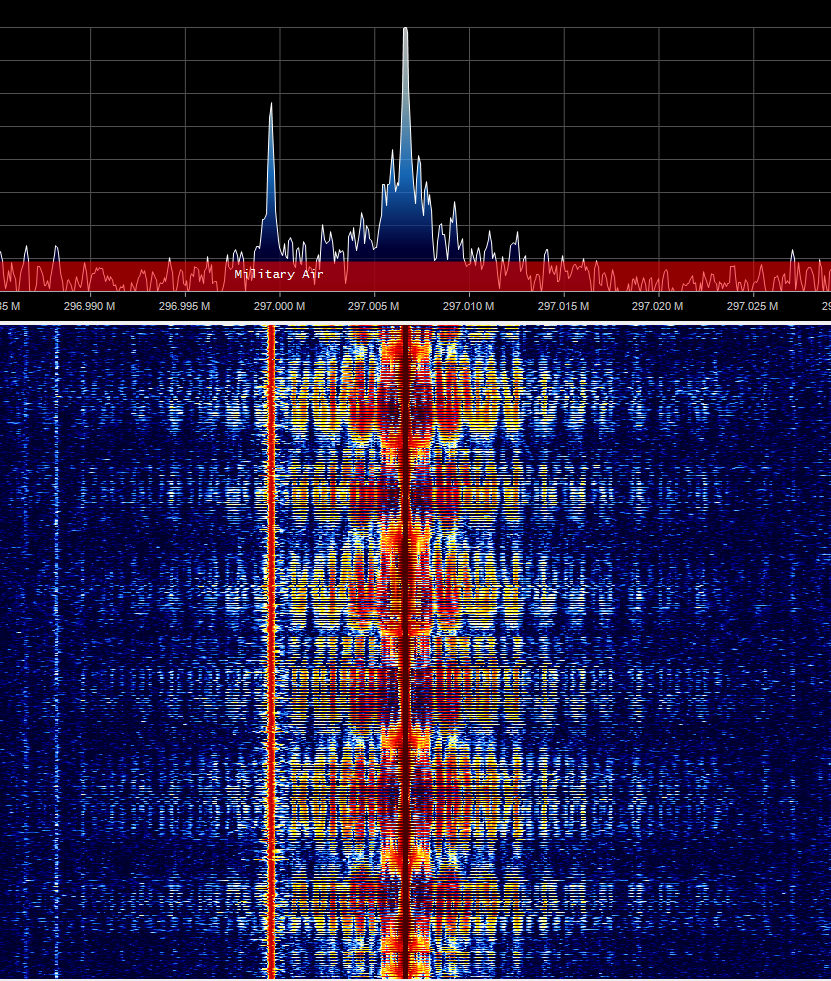
login file configured to start OpenWindows from the console. After rebooting, repeat the command shown previously. The system configuration messages shown below may not even be displayed. Look for the lines that start with cg or leo (for color frame buffers) and bw (for black and white frame buffers).Ĭgsix0 at SBus0: SBus slot 1 0x0 SBus level 5 sparc ipl 7Ĭgsix0 is screen 1152x900, single buffered, 1M mappable, rev1Įxecuting the dmesg command may result in numerous messages. The system configuration is displayed, including the types of available frame buffers in your system and the slots they occupy. If you do not know the names of the frame buffer devices in your system, check them by entering: Substitute the device file name that is appropriate for your system. The command line examples shown in this chapter use possible device file names to refer to frame buffers. The TurboGXplus card in slot 2 will be known as /dev/fb and /dev/fbs/cgsix0 the TurboGXplus card in slot 3 will be known as /dev/fbs/cgsix1. If a TurboGXplus card is added to the system with an existing GX frame buffer, the sbus-probe-list also determines which is /dev/fbs/cgsix0 and which is /dev/fbs/cgsix1.įor example, assume that the sbus-probe-list on a SPARCstation 10 system has the default value of f0123 and that SBus slots 2 and 3 contain TurboGXplus cards. The /dev/fb is the frame buffer in the first SBus slot defined in the sbus-probe-list. When a second frame buffer is added, the system decides which is /dev/fb based on the SBus slot number of each frame buffer and the sbus-probe-list EEPROM variable. dev/fbs/cgsix0, /dev/fbs/bwtwo0, or /dev/fbs/leo0, depending on the type of frame buffer. The /dev/fb usually has another device file name such as The UNIX boot messages identify the frame buffer as /dev/fb (where fb is the type of frame buffer).

#MULTIMON NG TWO TONE DETECT SOFTWARE#
Multiple frame buffers used with OpenWindows software require that you supply UNIX device file names for frame buffers on the command line when either is started. If you are using OpenWindows(TM) software on multiple monitors, you should be familiar with the way frame buffer devices are assigned to UNIX device file names. The following system information and sbus-probe-list (starting with f) will be displayed if you have a SPARCstation 10 system: However, 0 is reserved for the CPU and should always be the first address in the sbus-probe-list for all SPARCstation systems except the SPARCstation 10 system. The addressing numbers are 0, 1, 2, and 3. To determine the system information and sbus-probe-list, type: For the SPARCstation 10, SBus address f is reserved for the CPU and should always be the first address in the sbus-probe-list. When the system is booted, it looks for the sbus-probe-list, which determines the order in which the SBus devices are addressed. dev /dev/fbs/ifb1 -dev /dev/fbs/ifb0 -nobanner :0 Local root /usr/openwin/bin/Xsun :0 -dev /dev/fbs/ffb0 The following example shows the Xservers configuration file modified for one Creator ( ffb0) card and two Expert3D cards ( ifb0 and ifb1): Modify the file by adding the device locations for the applicable frame buffers being used. To do this:īecome superuser and open the /etc/dt/config/Xservers file. Identify the device name for the frame buffers you are using. To run more than one frame buffer, you need to modify your

Multiple Monitor Configuration Sun Ultra Systems

The procedures described in this chapter require some knowledge of UNIX and basic editing tools such as vi or emacs. Most SPARCstations and UltraSPARC systems support multiple monitor configurations, providing that additional SBus slots (or PCI slots for some systems) are available.

Skip this chapter if you do not run multiple monitors on your system.
#MULTIMON NG TWO TONE DETECT HOW TO#
Sox -t wav double.This chapter describes how to use multiple monitors on a SPARCstation system.


 0 kommentar(er)
0 kommentar(er)
